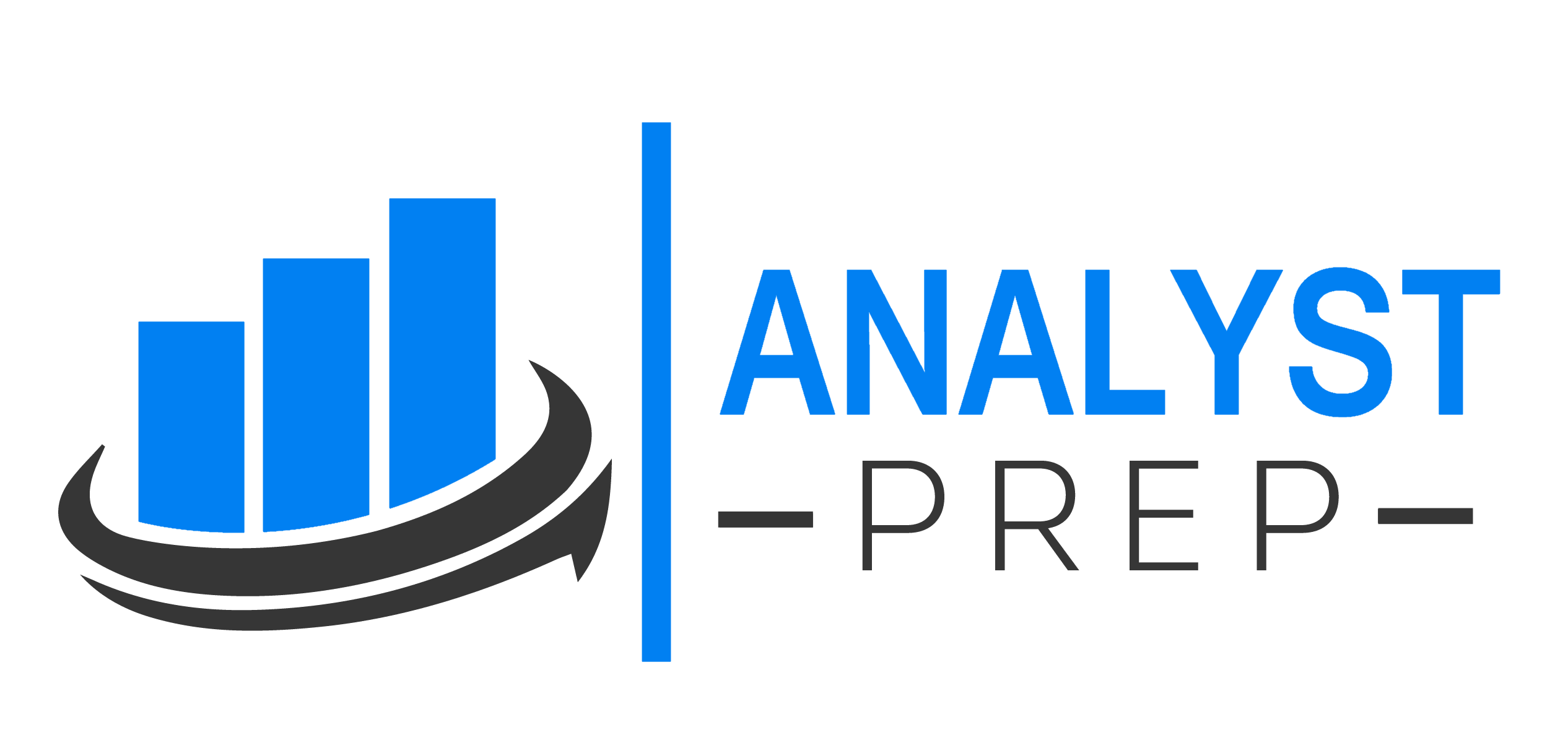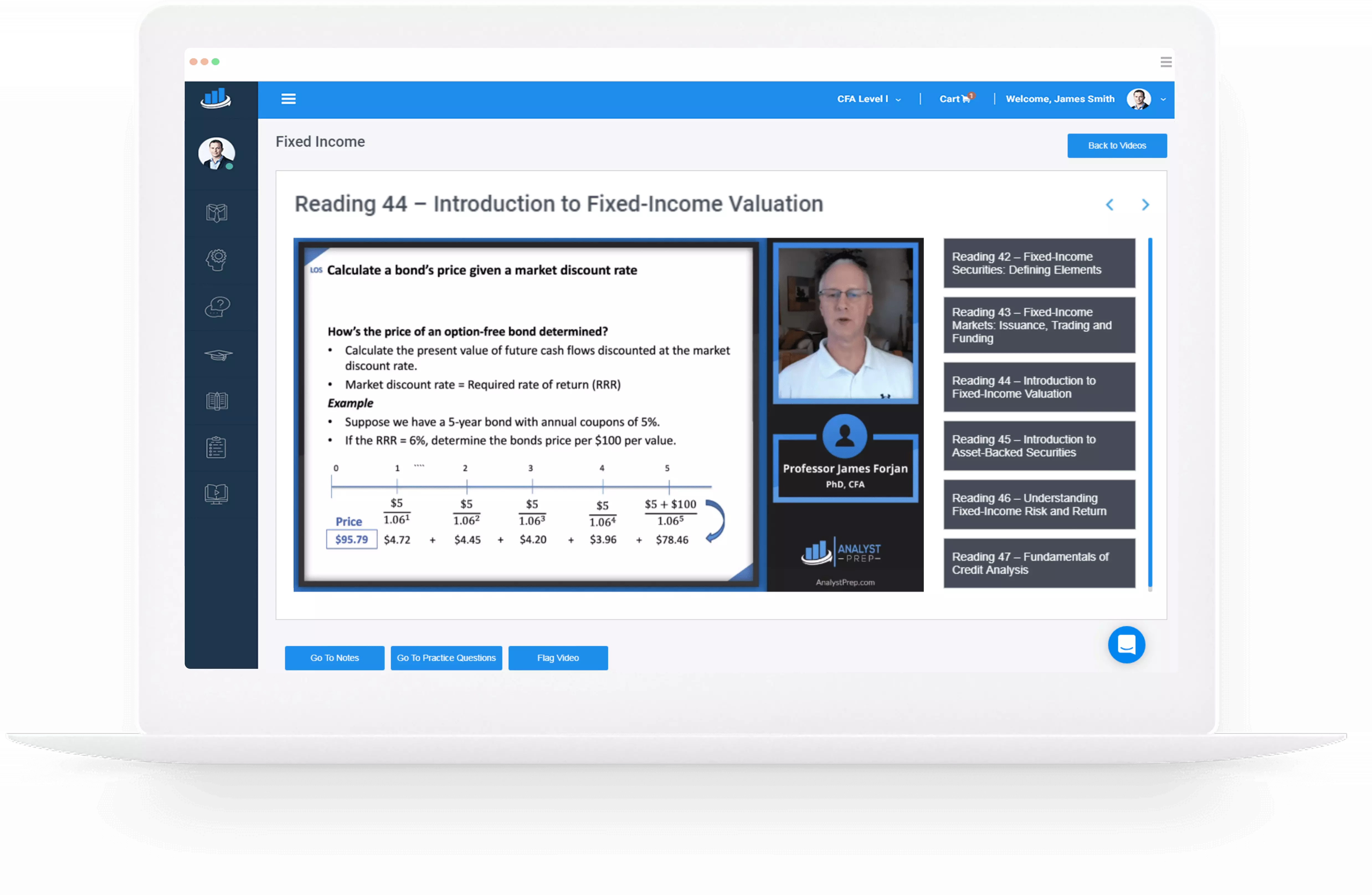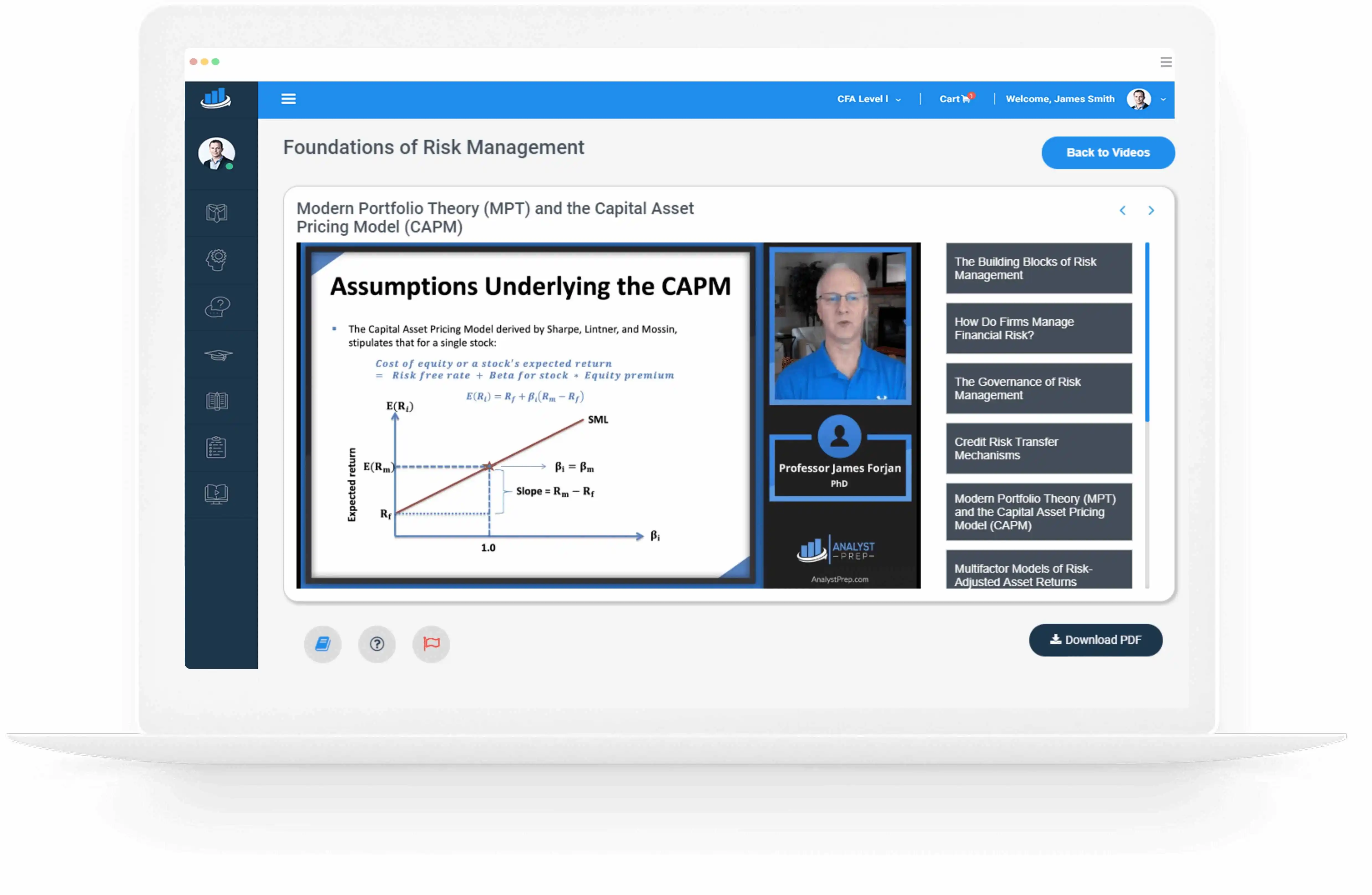Principles of Revenue Recognition
Revenue is reported on the top line of the income statement. Accrual accounting allows revenue to be recognized, i.e., reported on the income statement when it is earned and not necessarily when cash is received. Companies disclose their revenue recognition…
Information Sources for Analysts
Analysts tend to base their financial statement analysis on the company’s audited, annual financial statements to get a relatively accurate picture of its financial position and performance. In this case, the annual financial statements audit must have been done by…
Alternative Financial Reporting System and Developments in Financial Reporting Standards
The goal of global convergence has been advanced by adopting IFRS in many countries outside the US as the required financial reporting standard. However, several differences exist between US GAAP and IFRS that affect how companies report their financial statement….
Importance of Regulatory Filings, Financial Statement Notes, and Supplementary Information
Regulatory Authorities Publicly traded issuers are required to prepare financial reports in accordance with specific securities laws, regulations, and accounting standards set by regulatory authorities. Since corporate reporting standards and securities regulations can vary across jurisdictions, there is a need…
Roles of Financial Statement Analysis
The primary goal of financial statement analysis is to assess a company’s past, present, and potential future performance and financial condition. This involves using the company’s financial reports, along with other relevant information, to make informed investment, credit, and other…
Financial Statement Analysis Phases
Financial analysis is the process of interpreting and evaluating a company’s performance and position in the context of its economic environment. Analysts use financial analysis to make investment decisions and recommendations. As a generic term, the financial statement analysis framework…
Cross Rates
It is possible to back out cross rates given two exchange rates involving three currencies. Consider a foreign exchange market with the exchange rate between the Chinese Yuan and the South African rand (ZAR/CNY). This market can also quote the…
Empirical Vs. Analytical Duration
Analytical duration utilizes mathematical models, assuming credit spreads and government bond yields are uncorrelated and independent. It is a solid method for estimating the bond’s price-yield relationship in numerous situations. On the other hand, empirical duration relies on historical data…
Key Rate Duration
Key rate duration (partial duration) is a financial metric that measures the sensitivity of a bond’s price to changes in interest rates at specific points along the yield curve. On the other hand, effective duration gauges sensitivity to overall parallel…
Bond’s Percentage Price Change Using Curve-based Duration and Convexity
Effective duration and effective convexity are curve-based metrics that are crucial for assessing the interest rate risk of complex instruments, such as those with embedded contingency provisions. These metrics are typically determined from bond prices derived using an option valuation…




